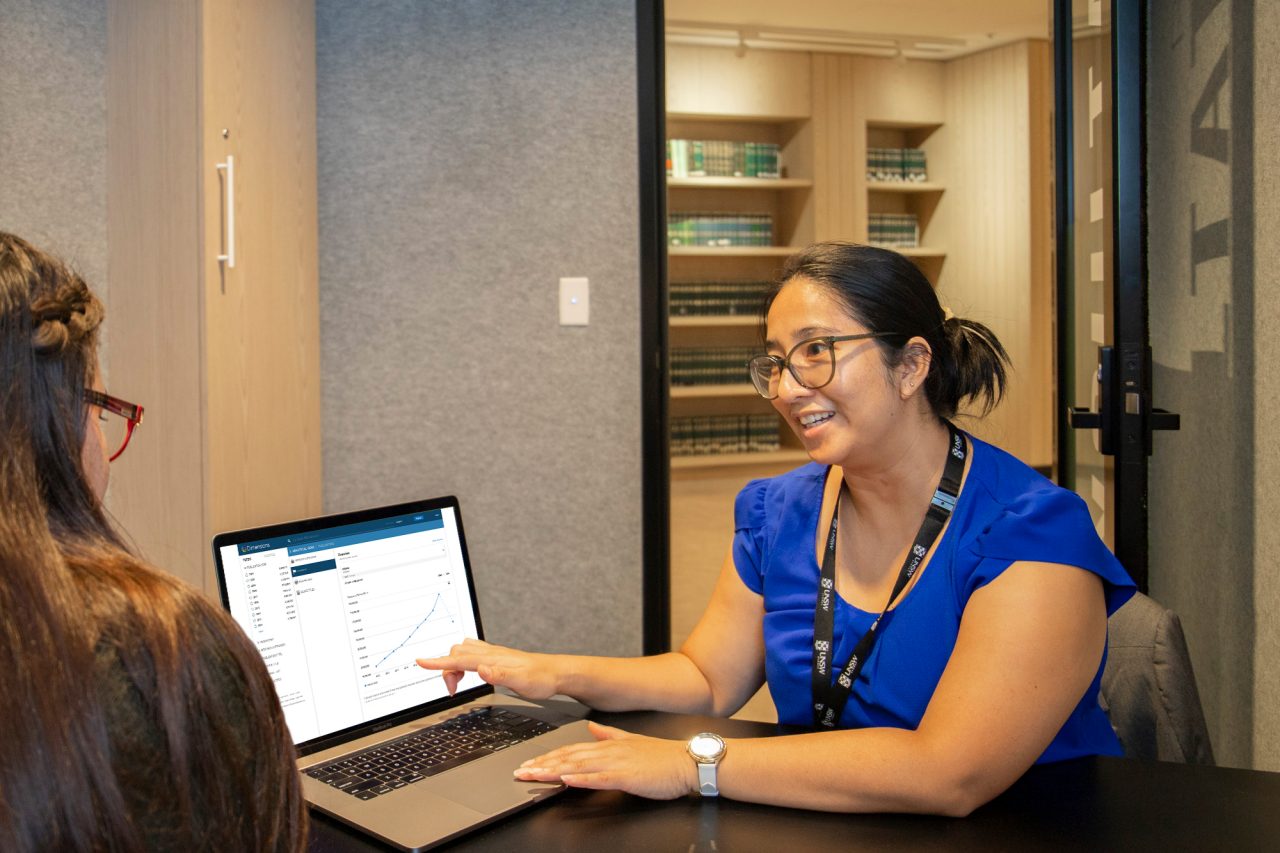Using films and videos for teaching
The Statutory Licence for education does not allow for copying and communication of commercially produced video content. This includes commercial DVDs and programs delivered via a webcast service such as Netflix.
If the video content has been broadcasted on Australian TV or radio, then it can copied an communicated to students under the Screenrights Agreement. Find out more about how to use TV and radio broadcasts.
Permission from the copyright owner is required to screen a video or film publicly at UNSW, regardless of whether the event is free or not. There are no exceptions in the Copyright Act and UNSW does not have any existing licences that would cover the screening of a video or film in public.
Showing films and videos in the classroom
Films and videos can be played in the classroom as part of the course of instruction, as long as the audience is limited to staff and students at UNSW.
If a film is shown in a recorded lecture, it is advisable to pause the lecture recording while the video is being played. By recording a film during a lecture, a copy of the film has been made and the statutory licence for education does not allow for commercial films and video to be copied and communicated.
Using video content as course materials for students
It may be possible to copy and communicate excerpts of video content for teaching purposes. If you are showing small clips or extracts of a film for the purpose of critically analysing or reviewing these clips in your lecture, then it possible to include this in your recording.
In very limited circumstances, it may be possible to copy and communicate commercial videos content, such as DVDs for educational purposes under the flexible dealing provision (s200AB) of the Copyright Act. As an example, creating short excerpts of clips from various videos may be possible under this flexible dealing provision. If the flexible dealing provision does not apply, then permission would be required from the copyright owner.
Contact your Outreach Librarian to find out more about the flexible dealing provision and how it may apply.
Films available on the Library platforms
The Library subscribes to platforms that provide access to a wide variety of video content, including feature films, documentaries and news programs. If the video is available via one of these platforms, then it can be used as an electronic course material.
The content can be streamed in class and can also be embedded in a learning management system (i.e. Moodle).
For more information about UNSW Library's subscriptions see Film and video resources. Your Outreach Librarian can also assist if you are unable to locate specific content on the Library’s platforms.
Using YouTube
When using content on freely available online platforms such as Youtube, it is prudent to take reasonable steps to ensure that the content you are using has been lawfully uploaded. Do not link to illegally uploaded content.
Content that is available on YouTube can be streamed in class directly from YouTube site, and it can be embedded in Leganto or in a learning management system (i.e. Moodle) as long as the content is embeddable.
YouTube terms of services does not allow for videos to be downloaded or copied (except where copyright owner has allowed for this). It is not clear whether the terms and conditions of YouTube override the provisions of the Copyright Act 1968. Therefore, it is best to take a risk-assessment approach on a case-by-case basis.
It may be possible, in very limited circumstances, under the flexible dealing provision within the Copyright Act to copy and communicate excerpts of YouTube content. Applying this exception can be complex, so consult with your Outreach Librarian for guidance.
Uploading our own videos to YouTube
Uploading videos that contain third party copyright materials (quotes, images, music) to YouTube, will require that you either gain permission for the use of those materials or use open licensed materials.
Need help?

UNSW staff and students can contact copyright@unsw.edu.au for assistance with a copyright query or to arrange a copyright information session.
Quick guides

Download a quick guide to copyright and teaching at UNSW (576KB PDF).
Related resources

Australian Copyright Council Information Sheet on Copyright and YouTube